Everything Sonic the Hedgehog That You Will Ever Need To Know
Who is Sonic the Hedgehog and why is he so iconic? Created by Sega in 1991, Sonic is known for his incredible speed and adventurous spirit. This guide will explore his origins, key traits, relationships, and cultural impact across video games, TV, and film.
Key Takeaways
- Sonic the Hedgehog, created by Yuji Naka and Naoto Ohshima in 1991, became Sega’s mascot to rival Nintendo’s Mario through innovative gameplay focused on speed and simplicity.
- The franchise has expanded from video games into various media, including animated series and films, solidifying Sonic’s status as a pop culture icon with significant cultural impact.
- Sonic’s rich world includes a diverse cast of characters, such as Tails, Knuckles, and Amy Rose, each contributing unique abilities and depth to the overarching narrative.
Listen To The Podcast (English)
Disclaimer: The links provided herein are affiliate links. If you choose to use them, I may earn a commission from the platform owner, at no extra cost to you. This helps support my work and allows me to continue to provide valuable content. Thank you!
The Ultimate Guide to Sonic the Hedgehog
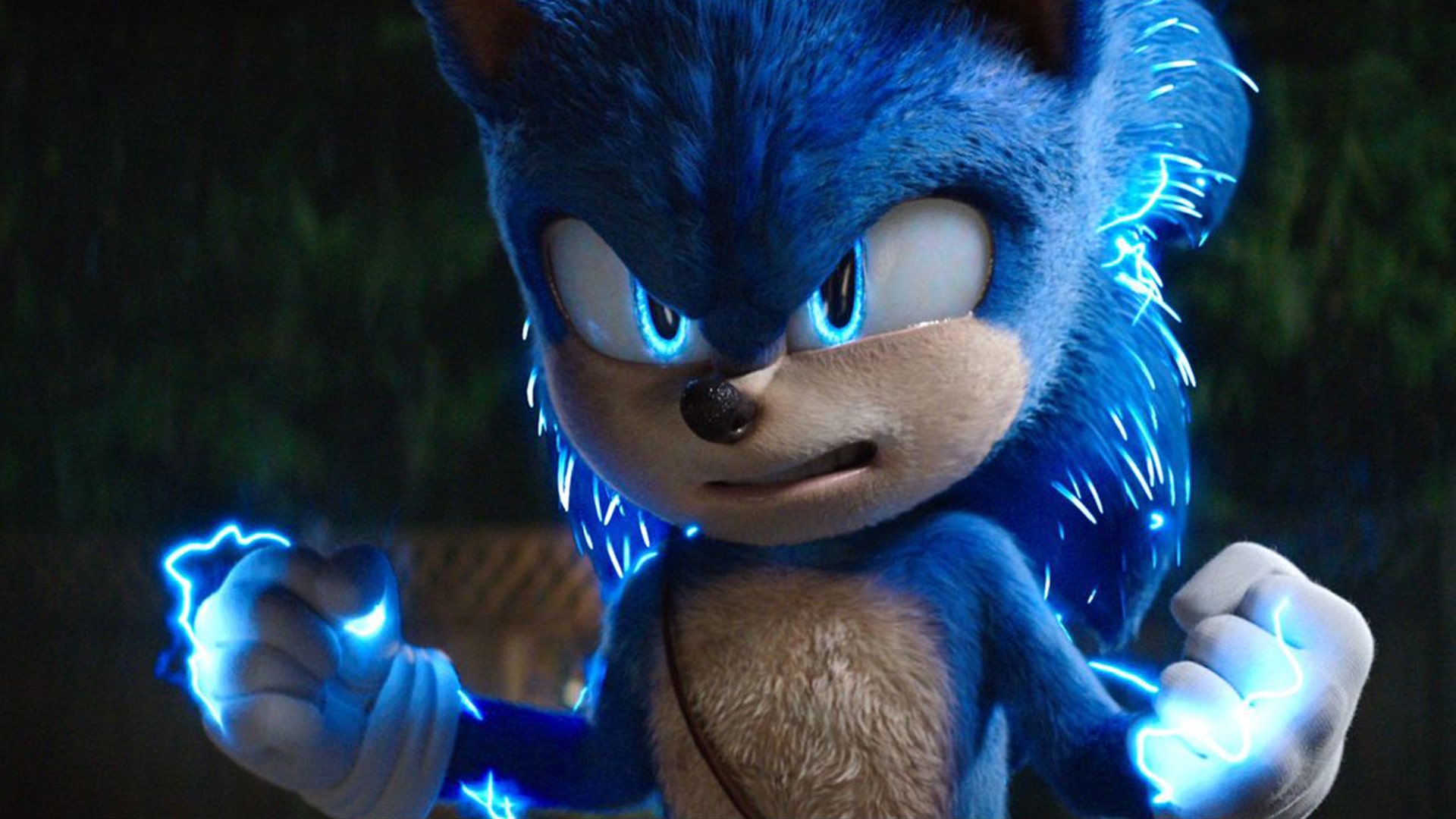
Sonic the Hedgehog was brought to life by Japanese developers Yuji Naka and Naoto Ohshima, who designed him to be Sega’s mascot and a fierce competitor to Nintendo’s Mario. The character’s design included a blue color to match Sega’s logo and red shoes inspired by both Santa Claus and Michael Jackson. Sonic’s high-speed gameplay and unique style were crucial in establishing Sega as a major player in the gaming industry with the launch of the original game on the Sega Mega Drive/Genesis in 1991.
A small but dedicated team known as the Sonic Team, consisting of just fifteen members, developed Sonic the Hedgehog. Their goal was to create a character that could compete with Mario’s popularity by focusing on speed, simplicity, and appeal. An innovative algorithm allowed for smooth movement through loops and curves, setting Sonic apart from other characters in the gaming industry.
Sonic’s journey from concept to gaming icon showcases the creativity and determination of his creators, and his legacy continues to inspire new generations of gamers.
Introduction
Sonic the Hedgehog’s supersonic speed and adventurous spirit make him a beloved figure in the gaming world. Created by Yuji Naka and Naoto Ohshima, Sonic debuted in 1991 with the release of his first platform game for the Sega Genesis. His design and persona were influenced by various cultural icons, aiming to capture the hearts of the American audience. Sonic’s popularity quickly soared, leading to the creation of numerous video games, animated series, and films.
Sonic’s incredible speed and distinctive blue color make him instantly recognizable worldwide. Over the years, Sonic has evolved from a video game hero into a multimedia icon, appearing in various forms of entertainment and merchandise. His story is one of enduring appeal and innovation, reflecting the ever-changing landscape of pop culture and technology.
The Origins of Sonic the Hedgehog
The origins of Sonic the Hedgehog are rooted in Sega’s desire to create a mascot that could rival Nintendo’s Mario. Designed by Naoto Ohshima and programmed by Yuji Naka, Sonic was introduced to the world in 1991 with the launch of his first game on the Sega Mega Drive/Genesis. The character’s blue color was chosen to match Sega’s logo, and his red shoes were inspired by Santa Claus and Michael Jackson. Initial concepts included various animals, but a hedgehog was chosen for its ability to roll into a ball and its spiky appearance, which would stand out in the gaming world.
An algorithm that allowed for smooth movement through loops and curves created Sonic’s unique mobility, setting him apart from other characters in the gaming industry. His personality was influenced by the ‘Get it done’ attitude of Bill Clinton, giving Sonic a cool and rebellious edge.
These design choices, focusing on speed and simplicity, made Sonic an instant hit and a key player in Sega’s market competition against Nintendo.
Sonic Team and Development
The Sonic Team is a renowned video game development team that has been responsible for creating the iconic Sonic the Hedgehog series. Formed in the late 1980s, the Sonic Team quickly became synonymous with high-quality platformers that captivated audiences worldwide. Over the years, the team has undergone several changes, with key members leaving and new talent joining, but their commitment to innovation and excellence has remained steadfast.
One of the key factors contributing to the Sonic Team’s success is their commitment to creative freedom. This autonomy has allowed them to experiment and try new things, leading to the creation of some truly groundbreaking games. For instance, the bold decision to transition Sonic into a 3D environment with Sonic Adventure was a significant risk that ultimately paid off, showcasing the team’s willingness to push boundaries.
The Sonic Team’s attention to detail and dedication to quality is evident in every game they produce. Their passion for the Sonic franchise shines through in the meticulously crafted levels, engaging gameplay mechanics, and memorable characters. This unwavering commitment to delivering high-quality experiences has earned them a loyal following and cemented their place in gaming history.
Character Profiles

The Sonic the Hedgehog franchise is rich with memorable characters, each contributing to the story’s depth and excitement. From Sonic himself to his loyal friends and formidable foes, these characters have become iconic in their own right.
Here are some key players in the Sonic universe, along with their personalities, abilities, and roles within the series.
Sonic the Hedgehog
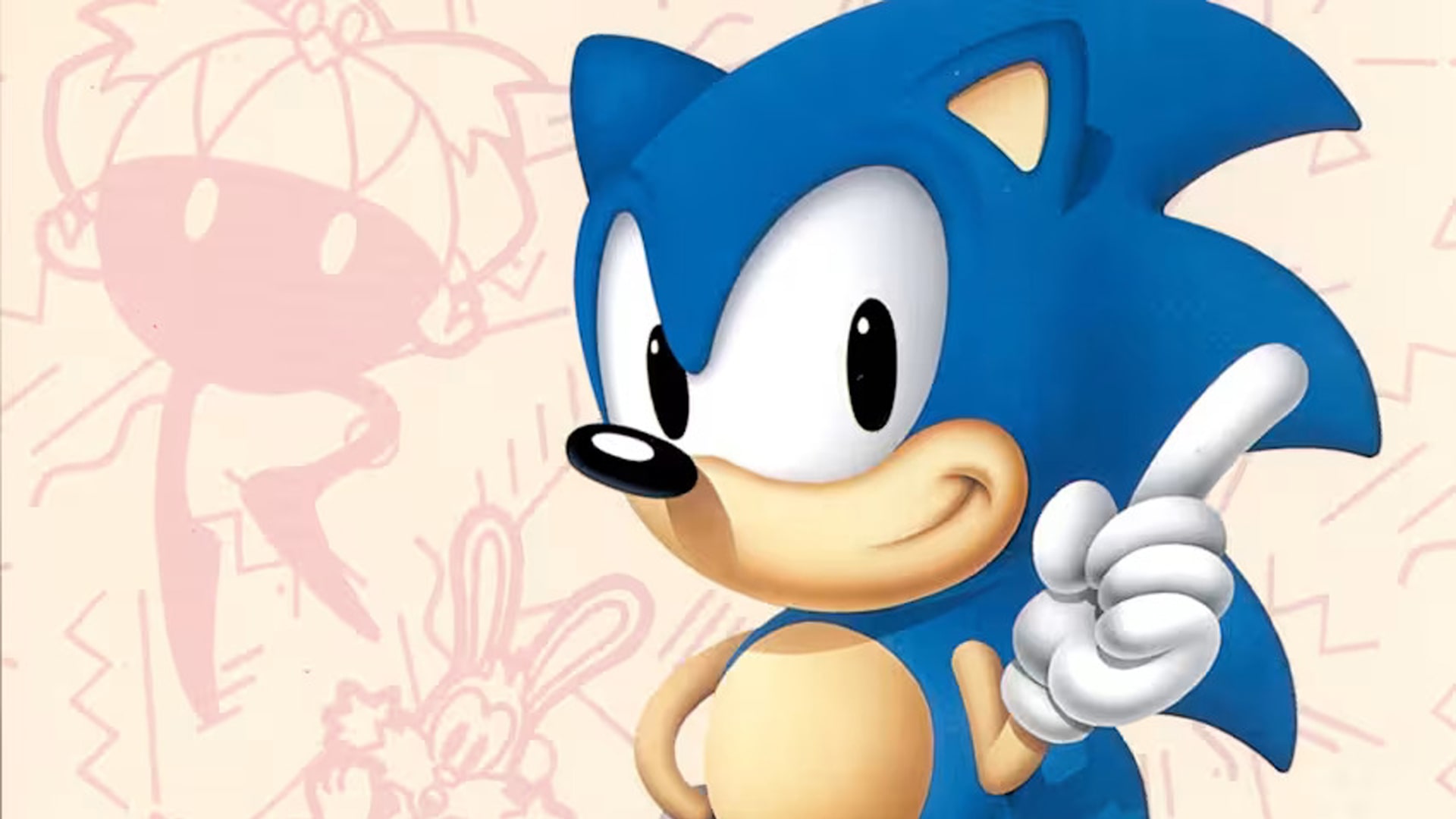
Sonic the Hedgehog, the franchise’s titular character, is known for his incredible speed and adventurous spirit. Born on Christmas Island, Sonic possesses a confident and carefree personality, always ready to take on new challenges and protect his friends. His supersonic running ability defines his gameplay mechanics and has become a hallmark of the series.
Sonic’s impatience, snarkiness, and strong advocacy for justice shape his interactions with other characters. His determination to stop Dr. Robotnik’s evil plans and his unwavering sense of justice make him a beloved hero in the gaming world.
Sonic’s enduring appeal stems from his speed, courage, and rebellious attitude, making him a timeless icon in video games.
Miles "Tails" Prower
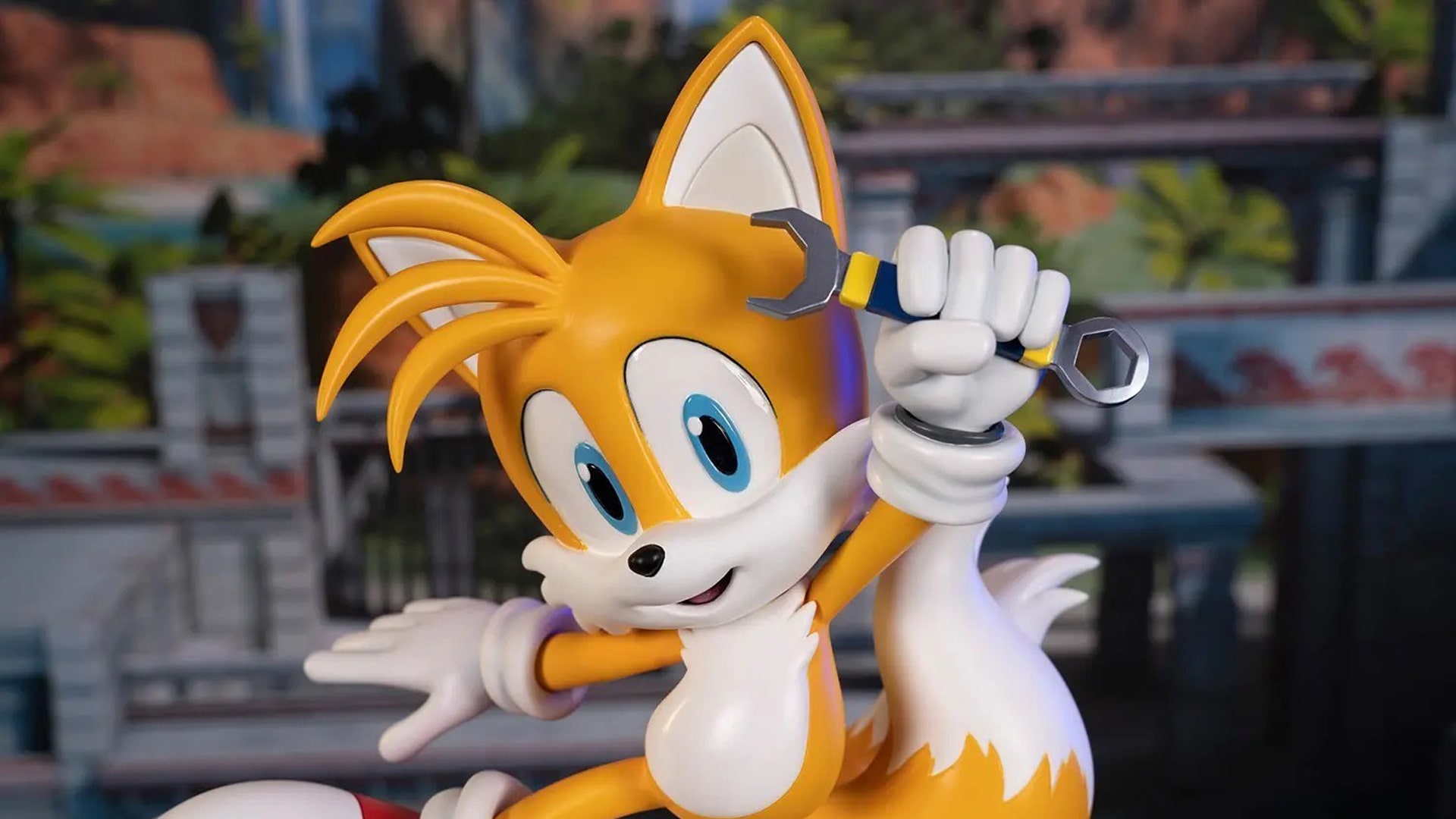
Miles “Tails” Prower, often called Tails, is Sonic’s loyal sidekick and a skilled mechanic and pilot. Known for his twin tails, which allow him to fly, Tails supports Sonic in their various missions, providing technical expertise and unwavering friendship. His ability to fly and his technical skills make him an invaluable ally in their adventures.
Tails, a two-tailed fox, has a kind and intelligent personality. His loyalty to Sonic and his bravery in the face of danger highlight his importance in the series. Tails’ contributions extend beyond flight; his mechanical skills often play a crucial role in overcoming challenges.
Sonic and Tails form an amazing formidable team, embodying the spirit of friendship and teamwork.
Dr. Robotnik (Eggman)
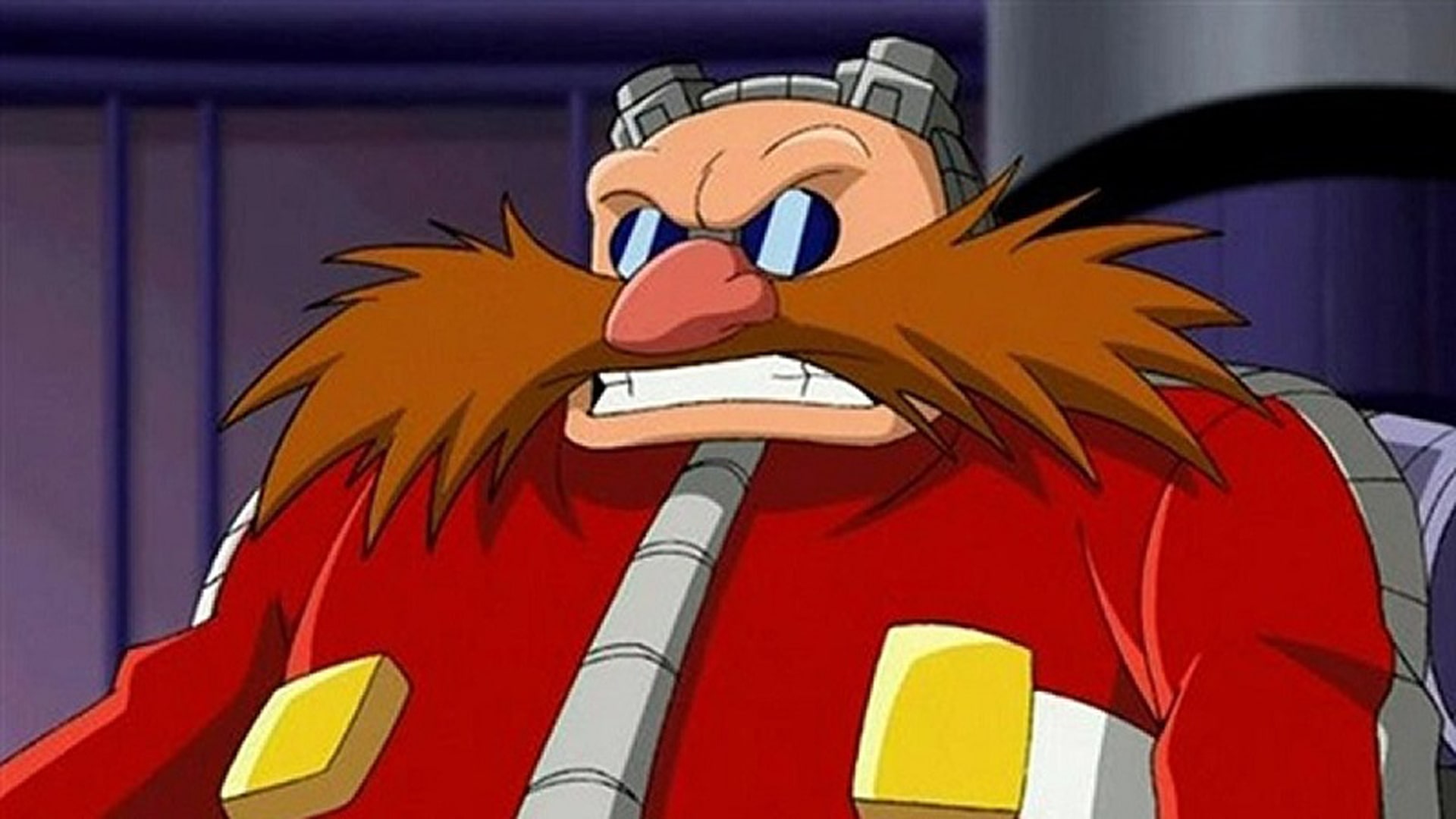
Dr. Robotnik, also known as Eggman, is Sonic’s primary antagonist, driven by his ambition to conquer the world using advanced technology. Characterized as a mad scientist, Robotnik’s ultimate goal is to create his own empire, which puts him in constant conflict with Sonic. His high intelligence and engineering skills allow him to create complex machines and robotic minions to achieve his goals.
Robotnik’s ambition to defeat Sonic and dominate the world is a central theme in the series. His inventive mind and relentless pursuit of power make him a formidable foe. Despite his evil plans, Robotnik often adds humor to the story, making him a memorable and iconic villain in gaming.
Shadow the Hedgehog
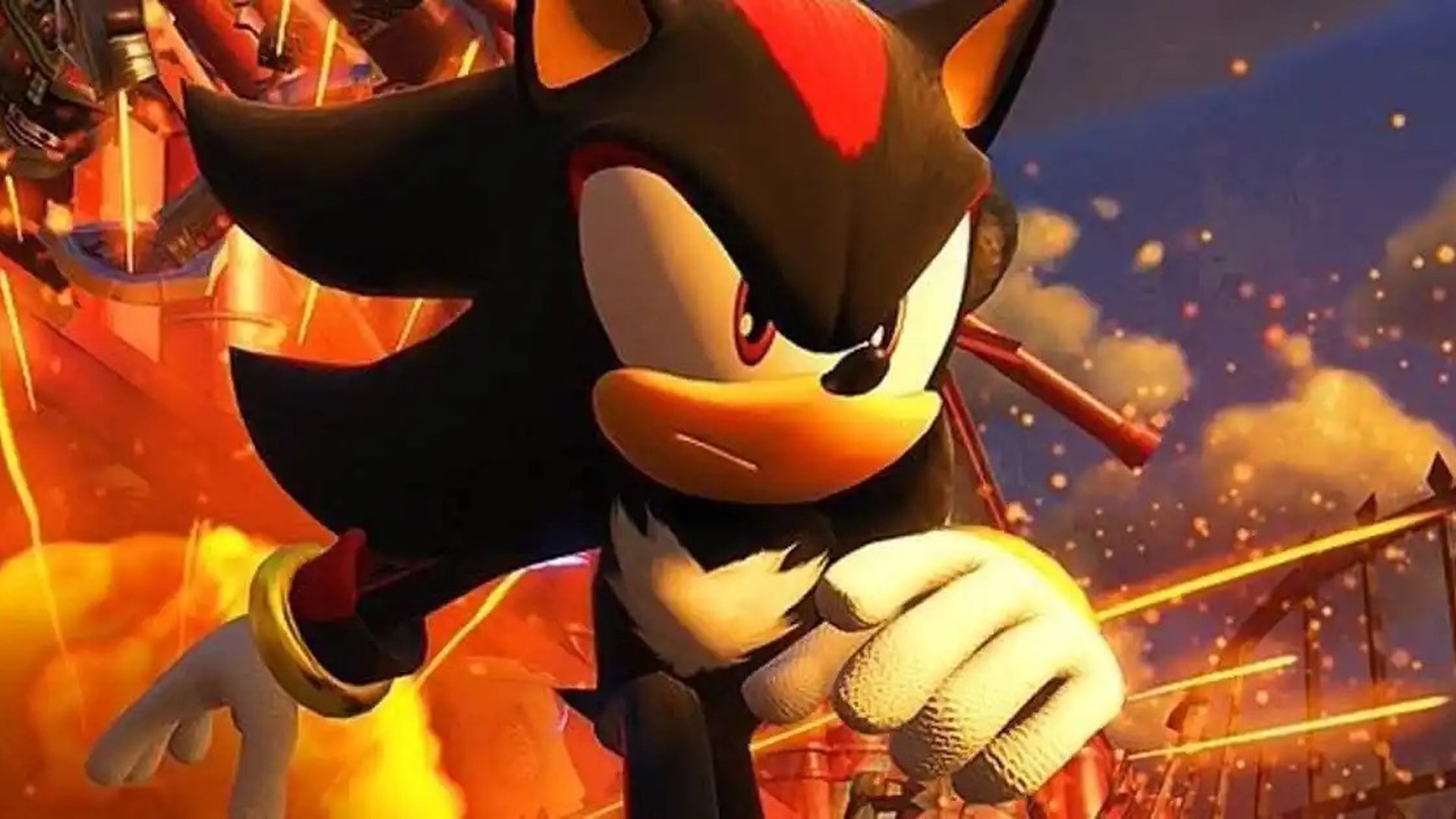
Shadow the Hedgehog was created as the ultimate life form, possessing abilities that rival those of Sonic. Shadow’s complex personality is characterized by his brooding demeanor and a strong sense of justice, often leading to moral conflicts and intense rivalries with Sonic. His creation and abilities add depth to the series, providing a darker and more introspective counterpart to Sonic’s carefree nature.
Shadow’s rivalry with Sonic stems from their differing morals and motivations. While Sonic fights for justice and freedom, Shadow’s actions are often driven by a desire for revenge and redemption. The complex dynamic between the two adds intrigue and excitement to the series, making Shadow a fascinating and multifaceted character.
Gameplay and Mechanics
The Sonic series is celebrated for its fast-paced gameplay and innovative mechanics, setting it apart from other platformers. At the heart of the series is Sonic, a blue hedgehog with superhuman speed, who players control as he navigates through vibrant levels, collecting rings and defeating enemies.
Speed is the defining characteristic of the Sonic series. The games are designed to be played at a breakneck pace, with Sonic able to run, jump, and spin his way through intricate levels. Over the years, the series has introduced several innovative mechanics, such as the homing attack, which allows Sonic to target and attack enemies mid-air, and the boost mechanic, which propels him forward at incredible speeds.
Challenging level design is another hallmark of the Sonic series. Players must navigate a variety of obstacles, including bottomless pits, spikes, and robotic enemies, all while maintaining Sonic’s high speed. The series also features intense boss battles that test players’ skills and reflexes, adding an extra layer of excitement to the gameplay.
Sonic the Hedgehog in Video Games
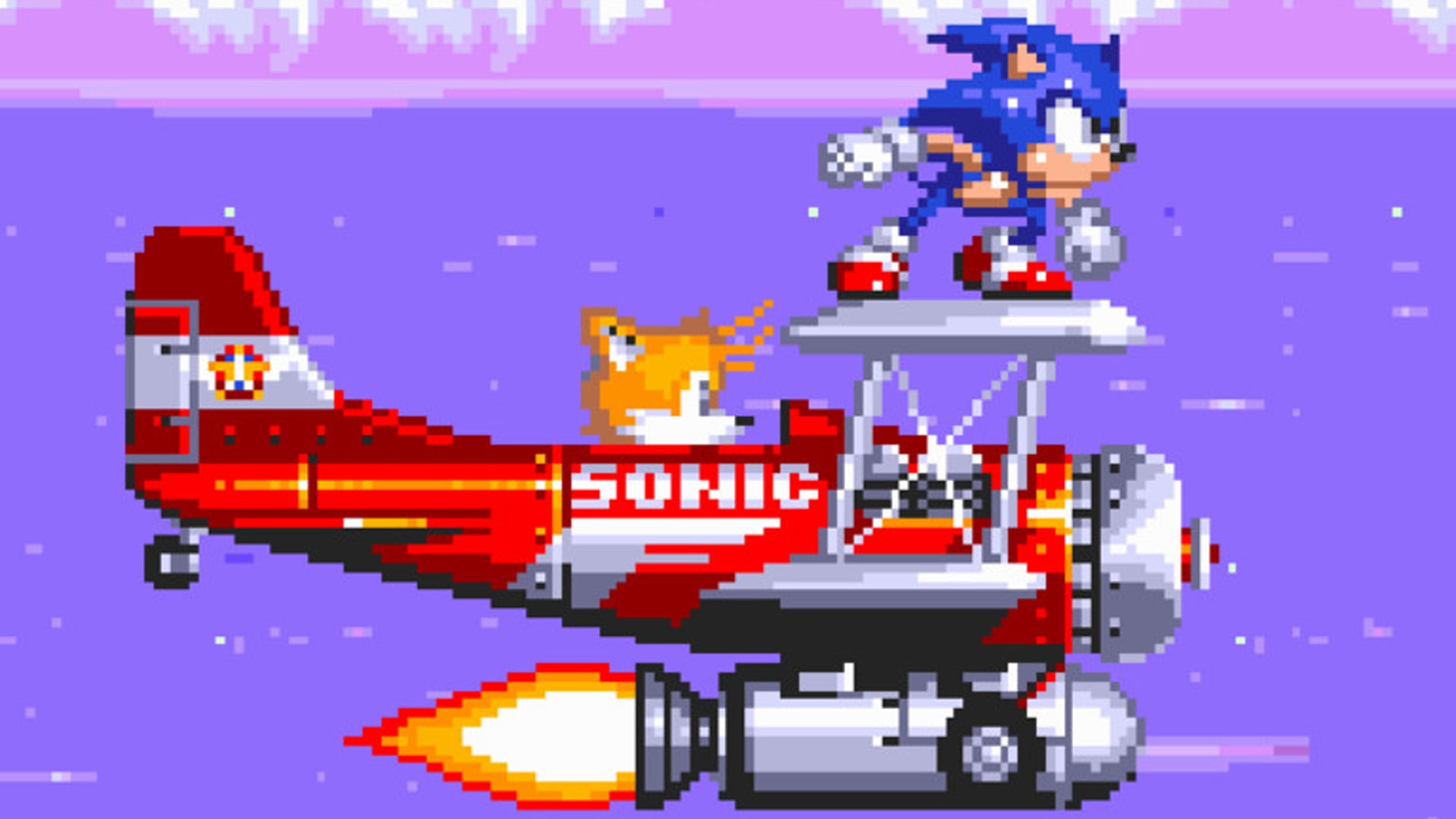
Sonic the Hedgehog’s journey in the video game industry began with his first appearance in the 1991 title for the Sega Genesis, which played a crucial role in making the console successful against its competitors. Over the years, the franchise has generated over $5 billion in revenue, showcasing its significant commercial success and cultural footprint.
Sonic’s influence in gaming spans classic titles, modern adaptations, and various spin-offs and mobile games.
Classic Sonic Games
The original Sonic the Hedgehog game, released in 1991, was groundbreaking, significantly boosting Sega Genesis sales and establishing Sonic as a key character in gaming. Developed by a small team known as Sonic Team, the game introduced innovative gameplay mechanics, such as smooth movement through loops and curves, thanks to a unique algorithm. This focus on speed and fluidity set Sonic apart from other platformers of the time.
As I mentioned in the About Section of mithrie.com, at the time of the games original release, I was definitely on Team Sonic rather than Team Mario. I had to go fast and collect all the rings.
Following the original game’s success, Sonic Spinball was released in 1993 as the first spin-off, combining pinball elements with traditional Sonic gameplay. These early games cemented Sonic’s place in gaming history and laid the foundation for the franchise’s future success. The classic titles are still celebrated today for their creativity, challenging levels, and iconic music.
Modern Sonic Titles
Modern Sonic titles experiment with various gameplay styles and narrative approaches while maintaining core elements like speed and exploration. Games such as Sonic Generations and Sonic Forces have explored 3D gameplay, offering players new ways to experience Sonic’s adventures. The Sonic Team aims to elevate the franchise to compete with global blockbusters, focusing on redefining the character for a contemporary audience.
These modern adaptations have received mixed reviews but continue to attract fans with their innovative mechanics and engaging storylines. The evolution of Sonic games reflects the franchise’s ability to adapt to changing gaming trends while staying true to its roots.
As Sonic evolves, the Sonic Team remains committed to delivering exciting and memorable experiences for players worldwide.
Spin-offs and Mobile Games
Sonic’s versatility is evident in numerous spin-off titles and mobile games that have expanded the franchise’s reach. Spin-offs like Sonic & All-Stars Racing Transformed and Sonic Chronicles: The Dark Brotherhood explore different genres, from racing to RPGs, demonstrating Sonic’s adaptability beyond platforming. These games offer new and exciting ways for fans to engage with their favorite characters.
Mobile adaptations like Sonic Jump and Sonic Dash introduce Sonic to a broader audience, making his adventures accessible to players on the go. These mobile games retain the core elements of speed and action while incorporating touch-based controls and shorter gameplay sessions. The success of these titles highlights Sonic’s enduring appeal and the franchise’s ability to innovate across different platforms.
Music and Soundtrack
The Sonic series boasts a rich musical heritage, with a soundtrack that has become iconic in the world of video games. Known for its catchy melodies and energetic beats, the music perfectly complements the fast-paced gameplay, enhancing the overall experience.
Several notable composers have contributed to the Sonic series over the years, including Masato Nakamura and Jun Senoue. Nakamura’s work on the original Sonic the Hedgehog game is still celebrated as one of the best video game soundtracks of all time, while Senoue’s compositions for the Sonic Adventure games are equally revered.
The series has also produced several memorable theme songs, such as the iconic “Green Hill Zone” theme and the “Sonic Boom” theme. These tracks have become an integral part of the franchise’s identity, instantly recognizable to fans around the world and contributing to Sonic’s enduring appeal.
Sonic the Hedgehog in Film and TV

Sonic the Hedgehog’s influence extends beyond video games into film and television, broadening his cultural impact. From animated series to feature films, Sonic’s adventures have captivated audiences worldwide, showcasing his versatility as a character and the franchise’s adaptability to different media.
Sonic the Hedgehog (2020) Movie
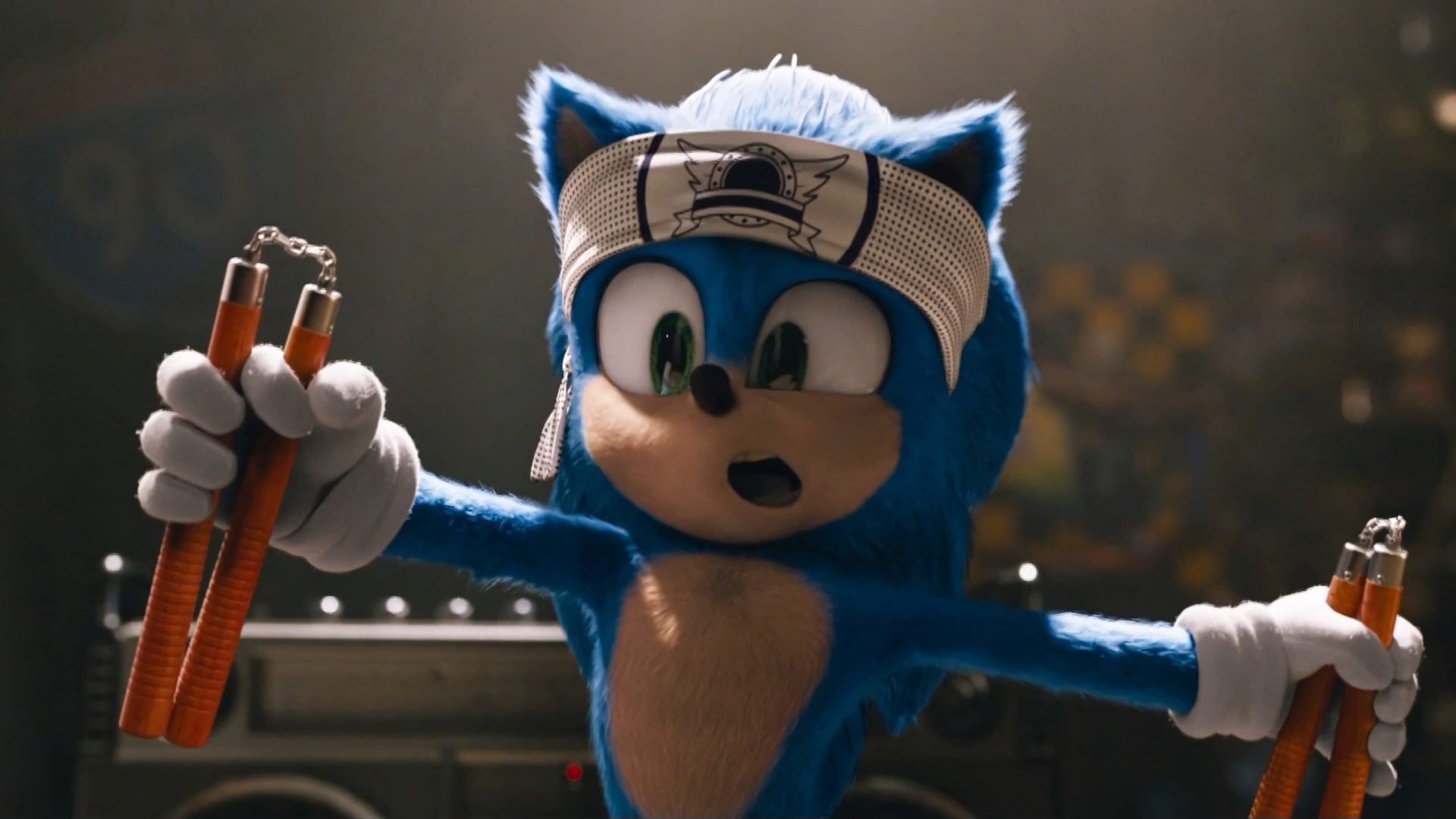
The 2020 Sonic the Hedgehog movie brought the beloved character to the big screen, featuring a plot where a police officer, played by James Marsden, helps Sonic defeat the evil genius Dr. Robotnik, played by Jim Carrey. The film aimed to capture Sonic’s essence while making him look less creepy, resulting in a character design that resonated with both kids and parents. Described as a buddy picture, the movie blends humor, action, and heart, making it a hit among audiences.
The movie’s success testifies to Sonic’s enduring appeal and the production team’s creative efforts. The film has introduced Sonic to a new generation of fans while remaining faithful to the spirit of the original games. The positive reception and box office success highlight Sonic’s versatility and the franchise’s ability to evolve with the times.
Sonic 3 Announced

The third Sonic movie, Sonic 3, is set to release in December 2024, promising an epic showdown that fans have eagerly anticipated. This time, Sonic, Tails, Knuckles, and even Dr. Eggman must put aside their differences to team up against the formidable Shadow, whose strength and abilities pose a threat too great for any one of them to handle alone. The film is expected to blend high-octane action with the beloved humor and heart of the franchise, making it a must-watch for Sonic enthusiasts and newcomers alike.
Animated Series
Sonic the Hedgehog has starred in several animated series over the years, each providing a unique interpretation of the character and his adventures. Sonic journeys to San Francisco alongside a cop to escape a villain. The original ‘Adventures of Sonic the Hedgehog’ aired in 1993, featuring light-hearted stories and a public service announcement segment called ‘Sonic Says’ at the end of each episode. This series laid the foundation for Sonic’s animated presence, combining humor and action to engage young audiences.
Subsequent series like ‘Sonic Underground’ and ‘Sonic X’ explored different narrative styles and themes. ‘Sonic Underground’ combined music and storytelling, while ‘Sonic X’ transported Sonic and his friends to a parallel world, adding new dimensions to their adventures.
More recently, ‘Sonic Boom’ catered to Western audiences with CGI animation and a comedic tone, showcasing Sonic’s adaptability and the franchise’s creative freedom.
Crossovers and Collaborations
The Sonic series has been involved in numerous crossovers and collaborations, expanding its reach and allowing Sonic to interact with other iconic characters. One of the most notable collaborations is the Mario & Sonic series, developed in partnership with Nintendo. This series features Sonic and Mario competing in various Olympic events, blending the worlds of two of gaming’s most beloved characters.
Sonic has also appeared in other crossover titles, such as the Sega Superstars series and the Super Smash Bros. series. These games have allowed Sonic to interact with characters like Mario, Link, and Kirby, creating exciting and memorable gaming experiences.
Additionally, the Sonic series has collaborated with other franchises, including Angry Birds and Lego. These collaborations have resulted in innovative games like Sonic Dash and Lego Dimensions, showcasing Sonic’s versatility and ability to adapt to different gaming genres.
Sonic's Cultural Impact
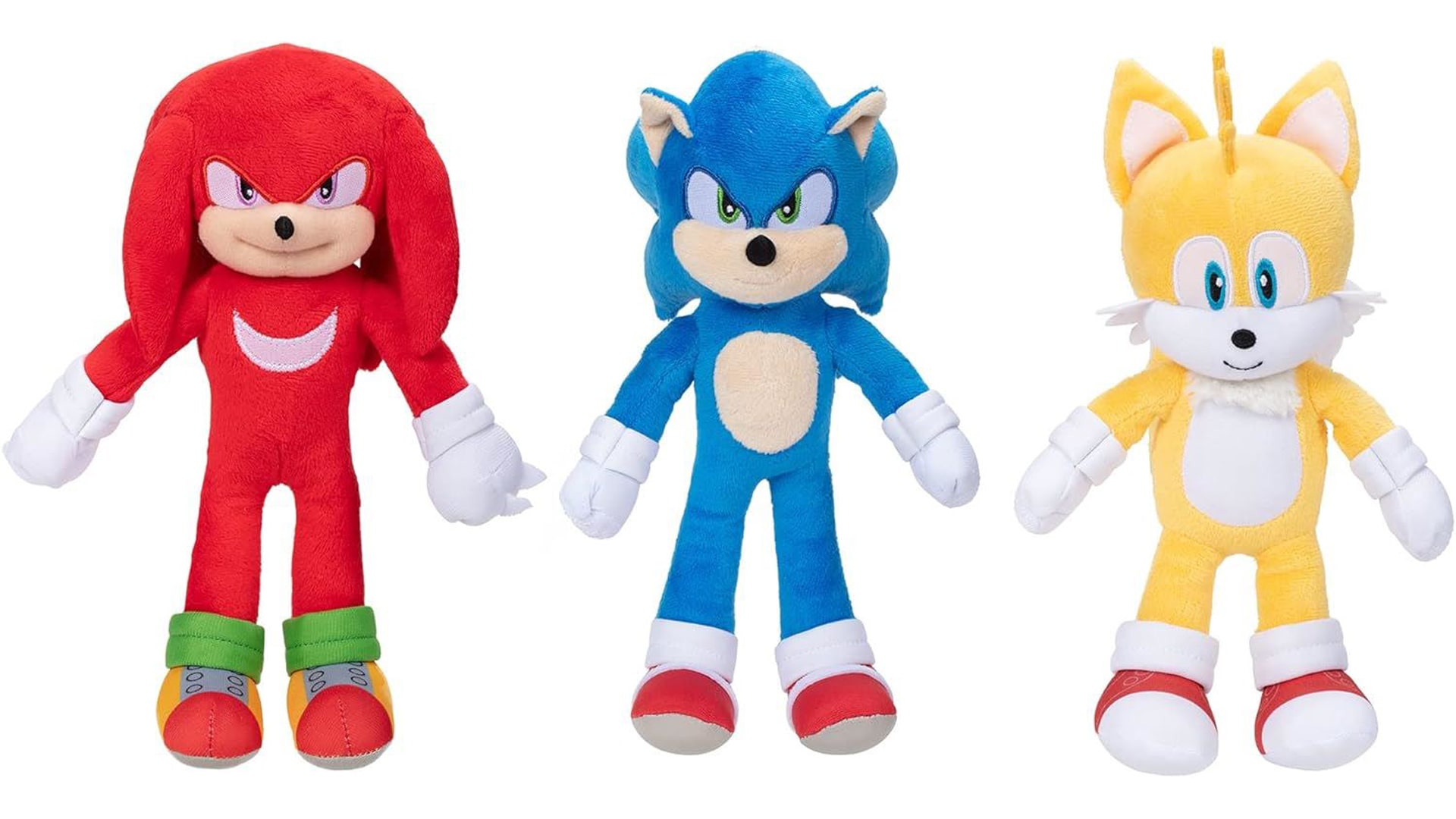
Sonic the Hedgehog’s cultural impact extends far beyond his games. His presence in various merchandise, including toys, clothing, and collectibles, reflects his status as a pop culture icon. The Sonic franchise has inspired a dedicated fan community that creates unofficial content, such as fan art and fangames, demonstrating the character’s lasting influence. Sonic’s adventures have been adapted into multiple animated series and live-action films, further cementing his place in popular culture.
The original game’s themes highlighted the conflict between nature and environmental development, resonating with early ‘90s ecological awareness and remaining relevant today. Sonic’s diverse universe, filled with unique characters, each with their own traits and roles, significantly contributes to the franchise’s narrative and sound appeal.
Sonic’s cultural footprint is vast, reflecting his ability to adapt and remain relevant across different media and generations.
Sonic's Friends and Allies
Sonic’s adventures wouldn’t be the same without his loyal friends and allies, who add depth and excitement to the story. Characters like Knuckles the Echidna and Amy Rose have become integral to the Sonic universe, each bringing their own strengths and personality traits to the team.
These characters not only support Sonic in his quests but also stand out as heroes in their own right.
Knuckles the Echidna
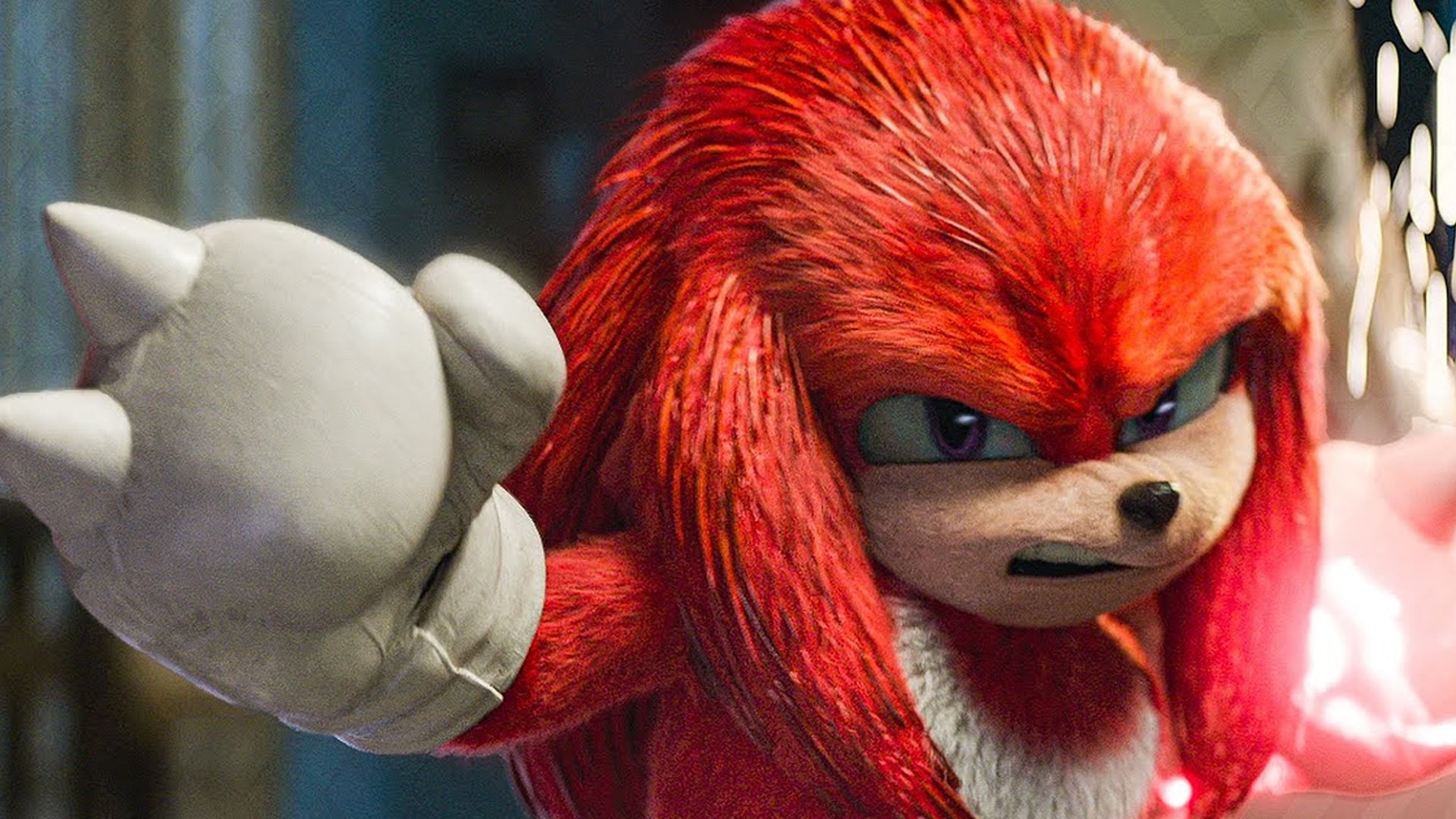
Knuckles the Echidna is known for his strength and his role as the guardian of the Master Emerald. Initially introduced as a rival to Sonic, Knuckles eventually becomes one of Sonic’s closest allies. His unique abilities, such as gliding, climbing walls, and breaking boulders with his brute strength, make him a formidable companion in their adventures. Knuckles’ dedication to protecting the Master Emerald and his martial arts skills highlight his importance in the series.
Knuckles’ character adds complexity to the Sonic universe, showcasing themes of loyalty and redemption. His evolution from a rival to an ally underscores the dynamic relationships within the Sonic team, making him a beloved and essential character in the franchise.
Amy Rose
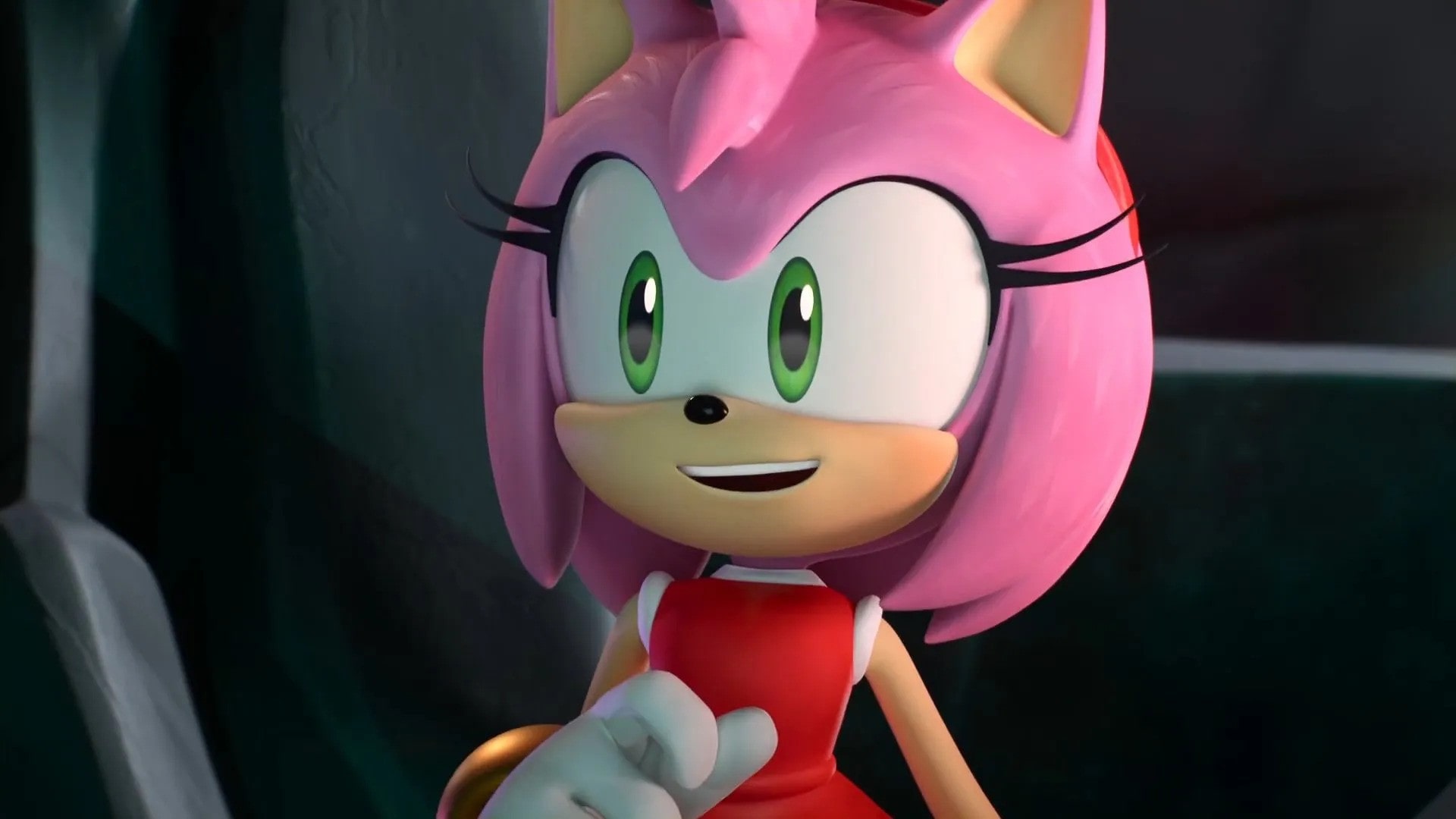
Amy Rose is often depicted wielding her giant Piko Piko Hammer, which she uses to fight enemies and protect her friends. Her proficiency with the hammer and her brave, determined nature make her a key player in many Sonic games. Amy’s longstanding crush on Sonic influences her actions and motivations throughout the series. Despite her affection for Sonic, Amy proves herself to be a capable and independent character, often taking charge in difficult situations.
Amy’s role in the franchise highlights themes of love, determination, and growth. She evolves from a damsel in distress to a strong, proactive hero, embodying the spirit of resilience and courage. Amy’s character adds depth to the Sonic universe, making her an enduring and beloved figure among fans.
Community and Events
The Sonic community is one of the most dedicated and passionate fan bases in the world of video games. This vibrant community has been involved in numerous events and activities over the years, including the annual Summer of Sonic convention, which celebrates all things Sonic.
The community has also participated in various charity events, such as the Sonic Charity Marathon, raising funds for worthy causes. Fan-made projects, like the popular Sonic Fan Games series, highlight the creativity and dedication of Sonic enthusiasts, contributing to the franchise’s ongoing success.
Sonic’s presence extends beyond the gaming world, with appearances in events like the Macy’s Thanksgiving Day Parade and the San Francisco Pride Parade. The series has also been featured in TV shows and movies, including the popular Sonic X anime series and the live-action Sonic movie, further cementing Sonic’s status as a cultural icon.
These new sections should seamlessly integrate into the existing article, providing a comprehensive and engaging guide to everything Sonic the Hedgehog.
Behind the Scenes
The development of Sonic games has always been a fascinating process, filled with unique challenges and creative innovations. The creation of ‘Sonic Frontiers’ marked a significant shift to open-world gameplay, presenting new opportunities and obstacles for the development team. Developers conducted extensive playtests in North America to gather feedback and adapt the game for a global audience, ensuring that it met the expectations of Sonic fans worldwide.
One of the major challenges in ‘Sonic Frontiers’ was balancing the series’ signature speed and action with the new open-world format. The initial focus on creating engaging puzzles sometimes took precedence over maintaining Sonic’s high-speed gameplay, requiring the team to find a harmonious balance, which occasionally felt like it blocked the flow of the game.
These behind-the-scenes insights reveal the dedication and ingenuity of the developers, highlighting the complexities involved in bringing Sonic’s adventures to life.
Summary
In summary, Sonic the Hedgehog’s journey from a gaming icon to a pop culture phenomenon is a testament to the creativity and determination of his creators and the enduring appeal of the character. From his origins and character profiles to his adventures in video games, film, and TV, Sonic has left an indelible mark on the entertainment industry. His influence extends beyond games, inspiring merchandise, fan communities, and a wide array of media adaptations.
Sonic’s story is one of innovation, adaptation, and resilience. As the franchise continues to evolve, it remains true to the core elements that have made Sonic a beloved character for decades. Whether through high-speed gameplay, engaging narratives, or memorable characters, Sonic the Hedgehog continues to capture the hearts of fans around the world. As we look to the future, Sonic’s legacy is sure to inspire new generations of gamers and enthusiasts.
Frequently Asked Questions
Who created Sonic the Hedgehog?
Sonic the Hedgehog was created by Japanese developers Yuji Naka and Naoto Ohshima. Their collaboration resulted in the iconic character that has captivated audiences worldwide.
What makes Sonic unique compared to other video game characters?
Sonic's uniqueness stems from his supersonic speed, distinctive blue color aligning with Sega's branding, and his adventurous spirit, setting him apart from other video game characters.
What was Sonic's first video game appearance?
Sonic's first video game appearance was in the 1991 title Sonic the Hedgehog for the Sega Genesis. This marks the beginning of his iconic status in the gaming world.
Who are some of Sonic's key allies?
Sonic's key allies include Miles "Tails" Prower, Knuckles the Echidna, and Amy Rose, each playing significant roles in his adventures. Their diverse abilities and loyalty enhance Sonic's journey against various challenges.
How has Sonic influenced pop culture?
Sonic has significantly influenced pop culture by transcending video games to impact animated series, merchandise, and films, while also fostering a passionate fan community. This wide-reaching presence underscores Sonic's status as an iconic cultural figure.
Useful Links
Get the Latest PS5 News for 2023: Games, Rumors, Reviews & MoreMaximize Your Video Game Time Experience With PS Plus
PlayStation Gaming Universe in 2023: Reviews, Tips and News
Top New Consoles of 2024: Which Should You Play Next?
Understanding The Game - Video Games Content Shapes Gamers
Author Details
Mazen (Mithrie) Turkmani
I have been creating gaming content since August 2013, and went full-time in 2018. Since then, I have published hundreds of gaming news videos and articles. I have had a passion for gaming for more than 30 years!
Ownership and Funding
Mithrie.com is a Gaming News website owned and operated by Mazen Turkmani. I am an independent individual and not part of any company or entity.
Advertising
Mithrie.com does not have any advertising or sponsorships at this time for this website. The website may enable Google Adsense in the future. Mithrie.com is not affiliated with Google or any other news organization.
Use of Automated Content
Mithrie.com uses AI tools such as ChatGPT and Google Gemini to increase the length of articles for further readablity. The news itself is kept accurate by manual review from Mazen Turkmani.
News Selection and Presentation
The news stories on Mithrie.com are selected by me based on their relevance to the gaming community. I strive to present the news in a fair and unbiased manner.

